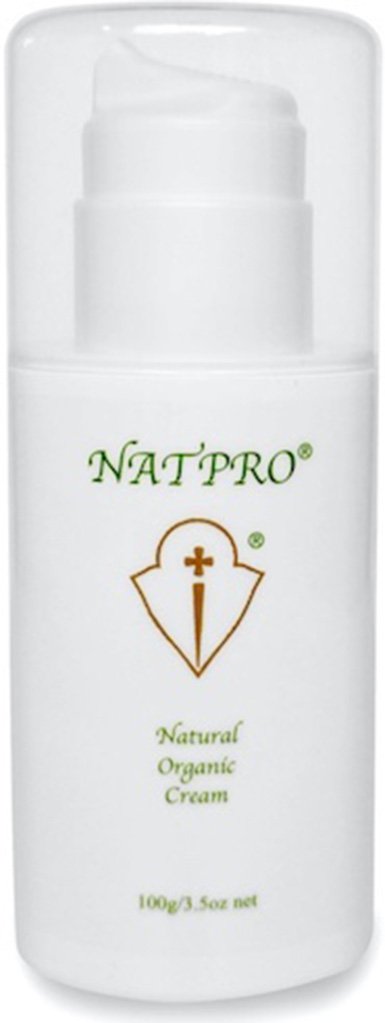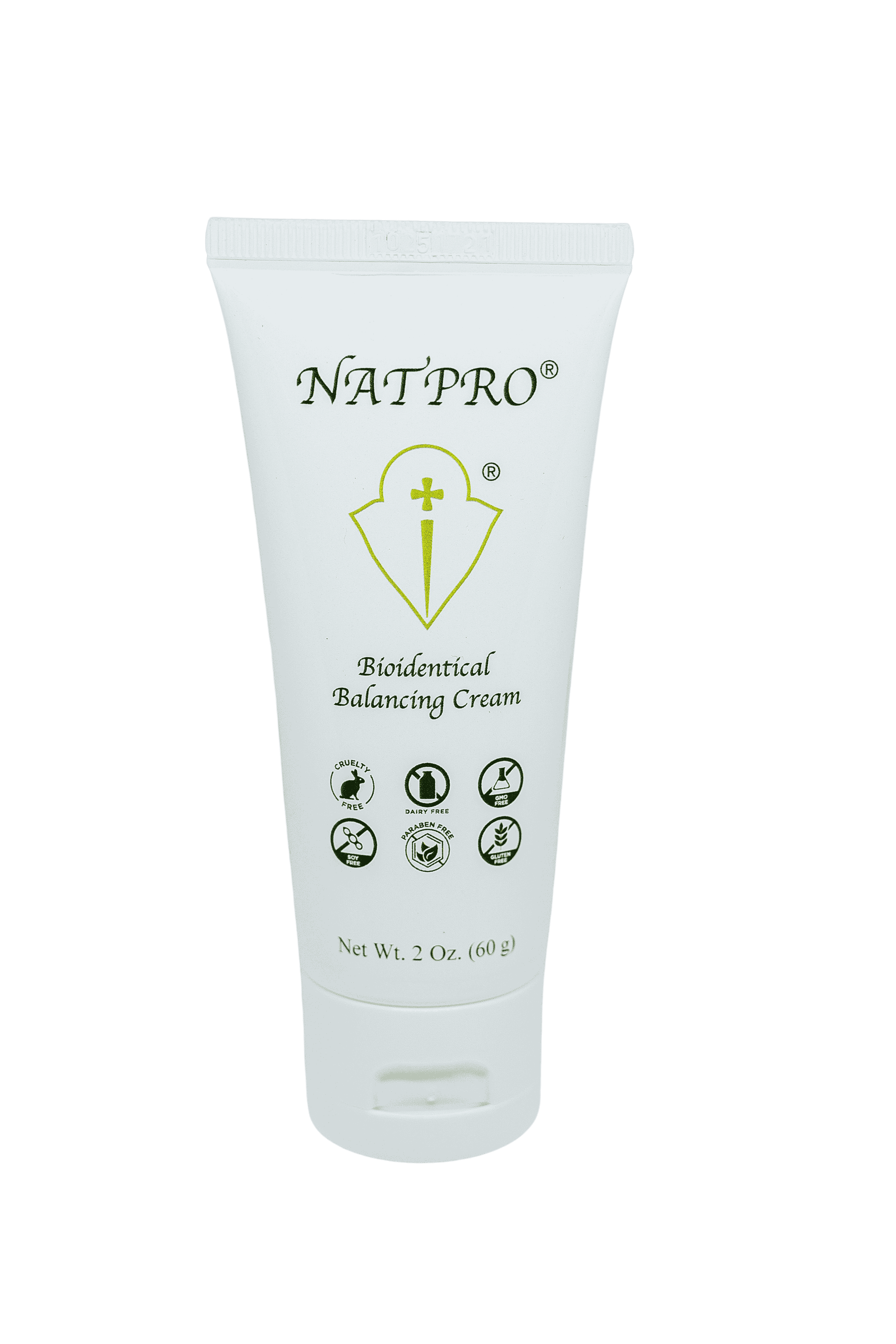Prolactin
Prolactin is usually regarded as the hormone of lactogenesis i.e. it causes milk to be produced. But in excess it reduces libido, causes hypogonadism, galactorrhoea and has inflammatory properties too.
Production is stimulated by a number of things...
- stress
- low dopamine
- low tyrosine
- a lack of protein in the diet
- oestrogen
- contraceptives/HRT
- antipsychotics
- tranquillisers
- gastro-oesophageal reflux drugs
- some cancer drugs
- some anti-hypertensive drugs
- ramelteon (a sleep agent)
- any drug which depletes dopamine
- Minoxidil (used to promote hair growth in men)
- some SSRI and SNRI medications
- disease in the liver, kidneys, ovaries and thyroid
- prolactinoma (a pituitary tumour)
- excess thyrotropin-releasing hormone (TRH), usually in primary hypothyroidism
- pregnancy and lactation
- some sexual disorders
- polycystic ovary syndrome
- phytoestrogens
The major source of prolactin are specialised cells called lactotrophs found in the anterior pituitary. Although prolactin is also synthesised and secreted by other tissues such as endothelial, neuronal, and immune cells.
Prolactin affects the breasts (male and female), ovaries, testes, pituitary, heart, lung, thymus, spleen, liver, pancreas, kidney, adrenal gland, uterus, skeletal muscle, skin and areas of the central nervous system.
Prolactin stimulates milk production or lactogenesis after giving birth. But too high a level can cause galactorrhoea, or a spontaneous flow of milk produced by both male and female breasts, un-associated with childbirth.
Oestrogen increases mitotic and secretory activity of several cells in the pituitary, but particularly the proliferation of lactotrophs or prolactin cells.
Unfortunately there are now over 100 oestrogen mimics found in our food, water, air and the skin care we use, particularly sunscreens.
Many plants commonly consumed, especially grains and legumes, contain high amounts of phytoestrogens. Contraceptives and HRT contain oestrogen too.
The most frequent symptom is hypogonadism in both genders. High prolactin inhibits the secretion of follicle-stimulating hormone (FSH) and gonadotropic-releasing hormone (GnRH) which leads to hypogonadism.
In women this suppresses the ovulatory cycle causing irregular periods, anovulation, with subsequent difficulty in falling pregnant, plus a loss of libido and breast tenderness too. In some women, Menstruation may disappear altogether.
In men, the most common symptoms of high prolactin are decreased libido, erectile dysfunction, and infertility.
Dopamine is the neurotransmitter responsible for sexual arousal, prolactin inhibits the secretion of dopamine causing a drop in libido.
A high level of stress causes dopamine levels to drop and prolactin to rise. Dopamine is essential for motivation and vitality, levels rise when rewarded, resulting in feelings of pleasure. It helps concentration and to focus the mind. Therefore a lack of dopamine leads to symptoms typical of 'ADD', ie the inability to concentrate and focus, with thoughts spinning.
A drop in dopamine levels also causes depression.
A lack of protein in the diet, leads to a deficiency in the amino acid tyrosine. Tyrosine is the precursor to dopamine, a drop in tyrosine levels causes dopamine levels to drop, which stimulates prolactin release.
Although a non-essential amino acid, tyrosine is one of the most important. It's the precursor to the neurotransmitter dopamine, and the stress hormones adrenaline and noradrenaline.
It's also the precursor to the two thyroid hormones T3 (triiodothyronine) and T4 (thyroxine), plus melanin, the pigment found in hair and skin. It's part of the enkephalin peptide involved in regulating and reducing pain, and increasing pleasure.
Tyrosine is essential for any stressful situation, cold, fatigue, emotional trauma, prolonged work, sleep deprivation, it improves memory, cognition and physical performance. There is a high demand for tyrosine.
Sufficient dopamine suppresses prolactin production. Dopamine is synthesised in nervous tissue and in the adrenals from tyrosine. This amino acid is not only the precursor to dopamine, but to the stress hormones adrenaline and noradrenaline. These two hormones are synthesised from dopamine, and when stressed they are released. The greater the stress the lower dopamine drops.
The rate limiting step in dopamine synthesis is the enzyme tyrosine hydroxylase. Insufficient levels of vitamin D inhibit tyrosine hydroxylase, resulting in a disturbance in the dopamine pathway. Vitamin D increases the release of dopamine.
Levels of prolactin can remain elevated with an unexplained cause, but often the cause is overlooked or does not fall into the normal parameters. For example there is one case of a man drinking 3l of soy milk per day. The phytoestrogens in the soy milk increased his oestrogen levels 4-fold, with a subsequent decrease in libido and erectile dysfunction.
Hyperprolactinemia experimentally induced with oestrogen can cause hearing loss. Conditions with prolonged excess oestrogen such as pregnancy with insufficient progesterone, anti-psychotic drugs, contraceptives and HRT, ageing with it's increased oestrogen levels, and/or stress might lead to similar ear dysfunctions.
There is some evidence that prolactin can delay hair re-growth. And high prolactin levels are a worsening factor for migraine.
Hyperprolactinemia is associated with inflammatory conditions such as autoimmune diseases, including systemic lupus erythematosus (SLE), rheumatoid arthritis (RA), multiple sclerosis, uveitis and acute inflammation. The symptoms of SLE and RA are mitigated by pregnancy with it's high progesterone levels, but relapses after pregnancy occur. The hyperprolactinemia of lactation seems to influence the postpartum behaviour of SLE as well as RA.
There is evidence that prolactin is involved in tumourigenesis.
In pregnant women, high levels of progesterone prevent the release of prolactin. The drop in progesterone levels during childbirth signals the release of prolactin and lactogenesis.
It's at this point the foetus can absorb prolactin from the mother, leading to both male and female babies sometimes secreting milk from their nipples. Commonly known as Witch's milk, this affect is generally short lived.
Progesterone causes an increase in dopamine by suppressing prolactin and oestrogen. It is also a mono amine oxidase inhibitor. Mono amine oxidase is an enzyme that breaks down dopamine and serotonin.
If hyperprolactemia is diagnosed or suspected, progesterone suppresses it safely in both men and women. Interestingly it appears progesterone is responsible for an increase in libido, and not testosterone. Possibly due to it's ability to increase dopamine levels, decrease prolactin levels, hence sexual arousal.
Natural Treatment
Women should use between 100-200mg/day of progesterone, men should use between 10-100mg/day. In severe cases more might be needed, vary the amount used following symptoms as a guide.
For more information please see How to use progesterone cream.
Before using progesterone it's essential to read the page on Oestrogen Dominance first.
Supplemental tyrosine should be considered too, as this counters the release of prolactin, increases dopamine levels and by the same token increases libido if the drop is caused by excess prolactin.
Start with 500g/day tyrosine in the morning, increasing by the same amount until the optimum dose is reached. If taken in excess symptoms return. The two B vitamins B3 and folic acid are co-factors in the conversion of tyrosine to dopamine. Take 100mg B3 and 300mcg folic acid too.
Please have a vitamin D test, levels are low in most people now. Blood levels should be 70-100ng/ml (175-250nmol/L) and not the 30ng/ml (75nmol/L) most labs and doctors regard as adequate. The minimum daily dose should be 5000iu's per day, although the latest research indicates it should be 10,000iu's per day, see here.
For more info on vitamin D levels, test kits etc see...
Agnus castus has been used for centuries for problems which women suffer from, PMS, mastalgia, menstrual irregularities, breast cysts, increasing lactation and more. In days gone by it was used by monks to reduce sexual desire, hence it's name 'chasteberry'.
It can also reduce prolactin levels, and help with luteal phase dysfunction, with it's subsequent problems in embryo implantation. But because it has a mild oestrogenic action, levels of 17 beta-oestradiol can increase. One study found mild ovarian hyperstimulation syndrome occurred in the luteal phase.
For more information on prolactin levels see Hormone Testing.
Medical Treatment
Bromocriptine is given to reduce prolactin levels, it controls the condition but will not cure it.

